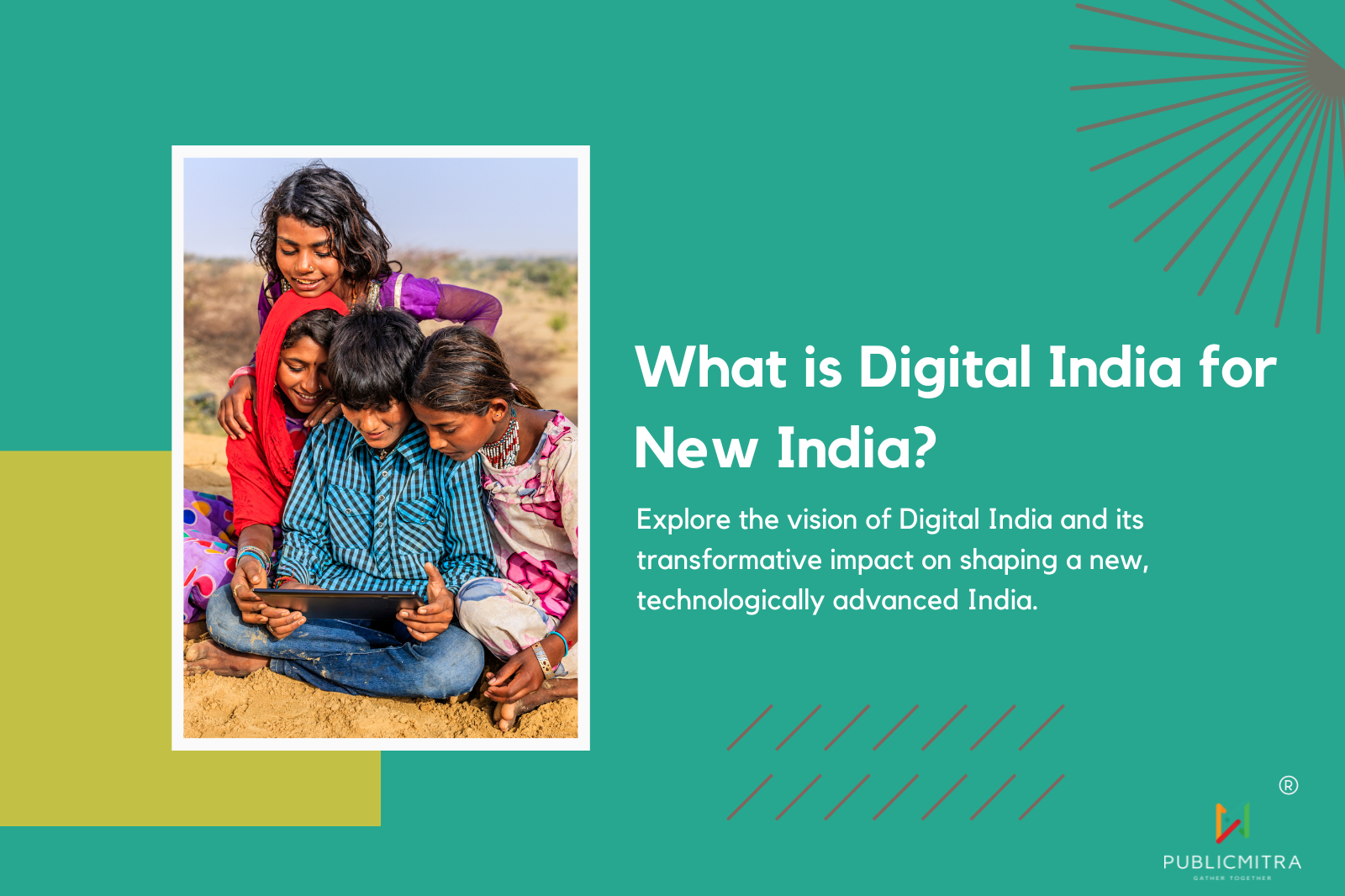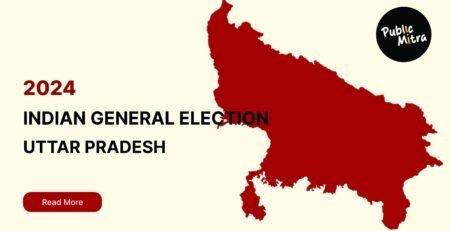What Is Digital India For New India?
To make India a digitally empowered society and a knowledgeable economy, Digital India was introduced by the government of India on July 1, 2015, by our Honourable Prime Minister Narendra Modi. Government services are put together for citizens through electronically enhanced online infrastructure and by improving Internet connectivity thus making the nation digitally empowered in the domain of technology.
The objective of Digital India
The main objectives of Digital India are discussed below
● To deliver internet at high speed for all gram panchayats.
● To furnish easy entry to the Common Service Centre (CSC) in every locality.
● Digital India is an endeavour that incorporates an enormous number of notions and ideas into a single, extensive concept so that each of them is noticed as part of a bigger objective.
● The Digital India Programme also concentrates on restructuring many habitation strategies that can be enforced in a synchronised manner.
Key Vision Area of Digital India
The key vision area of Digital India is as follows
To provide digital infrastructure as a utility to the citizens.
● High-speed internet service is provided for every citizen as a core utility.
● Making the usage of digital identity which is unique, online, and authentic to all citizens.
● Making the citizens make use of mobile phones and bank accounts in financial and digital space.
● Access easily the common service available.
● Private services are made available in the public cloud.
● Cyber service is made safe and secure.
Services on demand
● Integrated services across jurisdiction and various departments.
● Services availability from online and mobile platforms which are in real time.
● The entitlements are made available on the portable cloud.
● Financial transactions are made cashless and electronic.
● All the services are transformed digitally for the ease of the consumers.
● Geospatial Information systems are implemented for the development and decision support systems.
Digital Empowerment of the citizens
● Making the citizens digital literate.
● The digital sources are made accessible digitally.
● The important objective is that all the digital services and resources are made available in the native language.
● Digital platforms for collaboration and participation governance.
● There is no requirement for the submission of government certificates and documents.
The Digital India initiative focuses on the ‘Digital Empowerment’ of the citizen by allotting entry to authenticity with the digital document to the citizen’s wallet of a digital document.
BHIM ( Bharat Interface for Money) is an application that enables payment transactions quickly, and easily using Unified Payments Interface (UPI).
Conclusion
The digital India scheme empowers the citizens digitally improving the digital marketing and online infrastructure thus making the citizens empowered in the field of technology.












